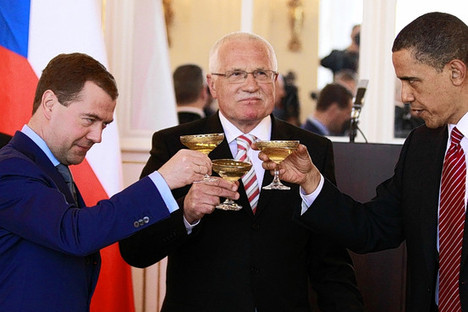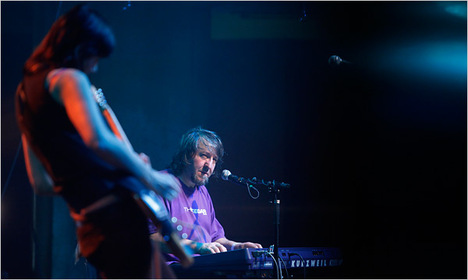(p. B1) PRAGUE — When Zbynek Frolik needed new employees to handle surging orders at his cavernous factories in central Bohemia, he fanned advertisements across the Czech Republic. But in a prosperous economy where nearly everyone had work, there were few takers.
Raising wages didn’t help. Nor did offers to subsidize housing.
So he turned to the robots.
“We can’t find enough humans,” said Mr. Frolik, whose company, Linet, makes state-of-the art hospital beds sold in over 100 countries. “We’re trying to replace people with machines wherever we can.”
Such talk usually conjures visions of a future where employees are no longer needed. In many major economies, companies are experimenting with replacing factory workers, truck drivers and even lawyers with artificial intelligence, raising the specter of a mass displacement of jobs.
But in Eastern Europe, robots are being enlisted as the solution for a shortage of workers. Often they are helping to create new types of jobs as businesses in the Czech Republic, Hungary, Slovakia and Poland try to stay agile and competitive. Growth in these countries, which became low-cost manufacturing hubs for Europe after the fall of Communism, has averaged 5 percent in recent years, buoyed by the global recovery..
For the full story, see:
Alderman, Liz. “Humans Wanted, But Robots Work.” The New York Times (Tuesday, April 17, 2018): B1 & B8.
(Note: the online version of the story has the date April 16, 2018, and has the title “Robots Ride to the Rescue Where Workers Can’t Be Found.”)






